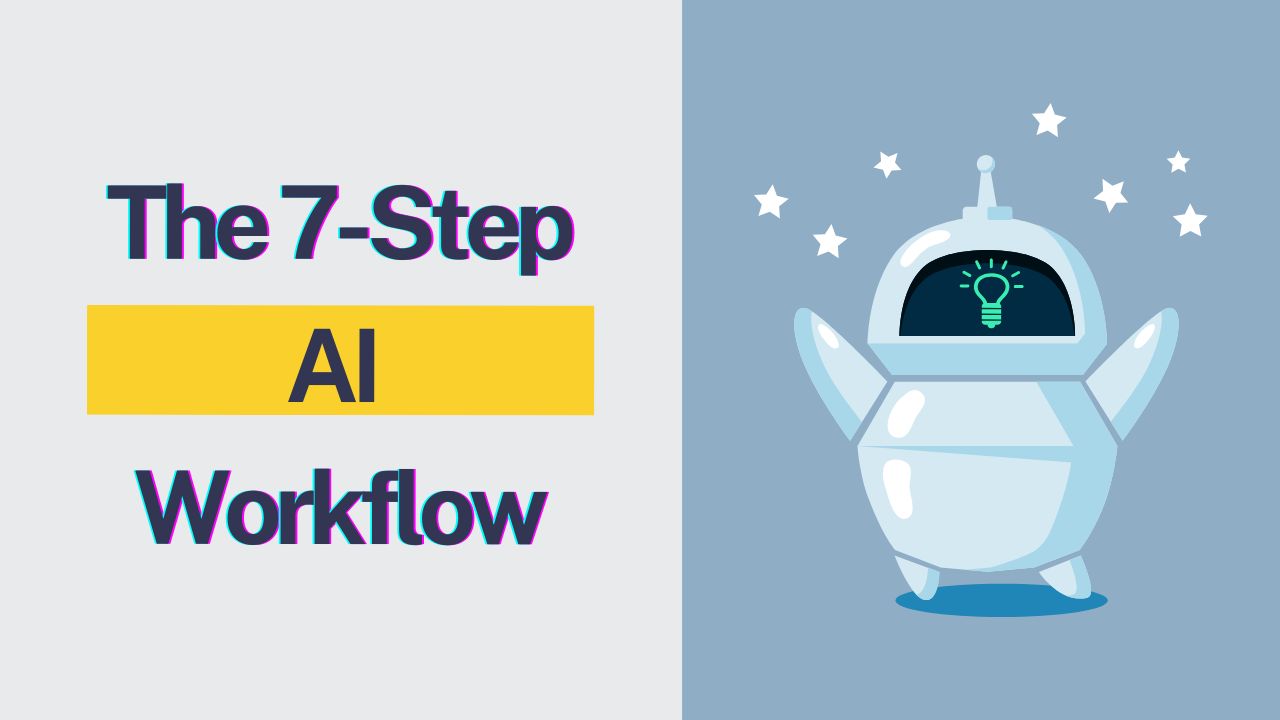
This structured workflow transforms “vibe coding” from a potentially chaotic practice into a highly efficient, deliberate, and secure development methodology.
Everyone talks about how fast AI writes code. But speed without accuracy and structure is just a fast path to technical debt. How often have you accepted a Copilot suggestion, only to spend the next hour figuring out why it broke your entire application? The true goal of using AI is not raw code output, but efficient code output—getting a feature into production with minimal friction.
This article provides a disciplined, step-by-step workflow for integrating AI coding assistants into your work. This is the playbook for developers who want to avoid the common pitfalls of “vibe coding”—the random mistakes, the lack of context, and the time wasted debugging AI errors. Follow this guide to turn your AI assistant into a genuinely productive partner, ensuring every line of code it suggests is reviewed, tested, and valuable.
Install Your App/Structure First
Before asking the AI to write any feature, a human needs to establish the groundwork.
- Start a new project (e.g., a Laravel application, Django) and handle the initial setup yourself. This includes installing the framework, setting up the basic file structure, configuration, and fundamental dependencies, and making sure it’s up and running.
- By starting the project, you are creating the initial codebase and context for the AI. Copilot works best when it can read existing files to understand your preferred coding style, file structure, and architectural patterns. A clean, organized codebase with clear naming conventions is a prerequisite for high-quality AI suggestions.
Piece-by-Piece Development
Avoid asking the AI to build an entire, complex feature in a single, massive prompt. Instead, break the work down into small, manageable tasks.
- Concentrate on one function, class, or module at a time. For example, instead of “Build a full authentication system,” try:
- “Create sample User CRUD ( Create, Read, Update, and Delete).”
- “Add more features like profile and settings.”
- “Implement the JWT generation logic in the
AuthController.”
- This piece-by-piece approach forces you, the developer, to stay in the Navigator Role, constantly reviewing and directing the AI’s output rather than simply accepting large blocks of code.
Review and Test Immediately
AI forgets things! Besides, the speed of AI code generation can tempt developers to skip proper validation, which is a significant risk. Always have a human in the loop.
- Treat AI-generated code like a pull request from a junior developer. Check it immediately for:
- Logic Errors: Does it actually solve the problem as intended?
- Security Vulnerabilities: Does it correctly handle input validation, sensitive data, and authentication? AI models can sometimes suggest insecure or outdated patterns.
- Performance: Is the algorithm efficient? Could the AI have introduced an unnecessary loop or slow database query?
The Art of the Prompt
AI is only as good as the context and instruction you give it. This is where your human knowledge about the project is invaluable.
- Mention Your Dependencies: When requesting code, be explicit about the tools and versions you are using.
- Bad Prompt: “Write an HTTP request.”
- Good Prompt: “Using Laravel’s HTTP client, write a function in the
ThirdPartyServiceto make a GET request to the/usersendpoint and parse the JSON response into an array.”
- Reference Existing Patterns: If you have a specific style (e.g., using a particular logger or a custom utility class), mention it. For example, “Following the pattern in
OrderService.php, create a newProductService.”
Correcting AI Mistakes: Backtracking and Reinforcement
When the AI starts making a series of less-than-helpful suggestions, it’s often a sign that its current context is insufficient or wrong.
- Study the Project/Part: If the AI is consistently off-base, pause and re-examine the code section or class you’re working on. Ensure your own understanding is solid before continuing.
- Reset the Context:
- In a chat interface, start a new conversation, and your first prompt is “Study the project/codebase”.
- In inline suggestions, try rewriting your preceding comment or function signature to be more precise.
- If you’ve been working on a complex feature, consider closing irrelevant files in your IDE so the AI can focus on a smaller, more relevant subset of the code.
Always Commit or Backup
The AI accelerates development, but it doesn’t eliminate the risk of introducing breaking changes.
- Commit Frequently: Treat every successful, reviewed, and tested feature (even a small piece) as a milestone. Commit your changes often (e.g.,
git commit -m "feat(user): implemented basic user service structure via Copilot"). This gives you a clear, stable point to revert to if a future AI-assisted change introduces a complex bug.
Help the AI
Ultimately, the most effective AI-assisted development is a collaboration. You are the senior developer, and the AI is the incredibly fast junior developer.
- Guide and Refine: Don’t just accept the first suggestion. If it’s 80% right, accept it, then manually modify the last 20% to fit your needs perfectly. This provides a positive feedback loop for the AI in future, similar to how a human pair would learn your preferences.
- Ask for Explanations: If the AI suggests complex code or a method you’re unfamiliar with, ask it in the chat: “Explain how this function works,” or “Why did you use a
Mapinstead of anObjecthere?” This turns the coding assistant into a powerful learning tool that deepens your understanding.
By following this process, you regain control, turning the rapid pace of “vibe coding” into a disciplined practice that prioritizes quality and security without sacrificing speed.
